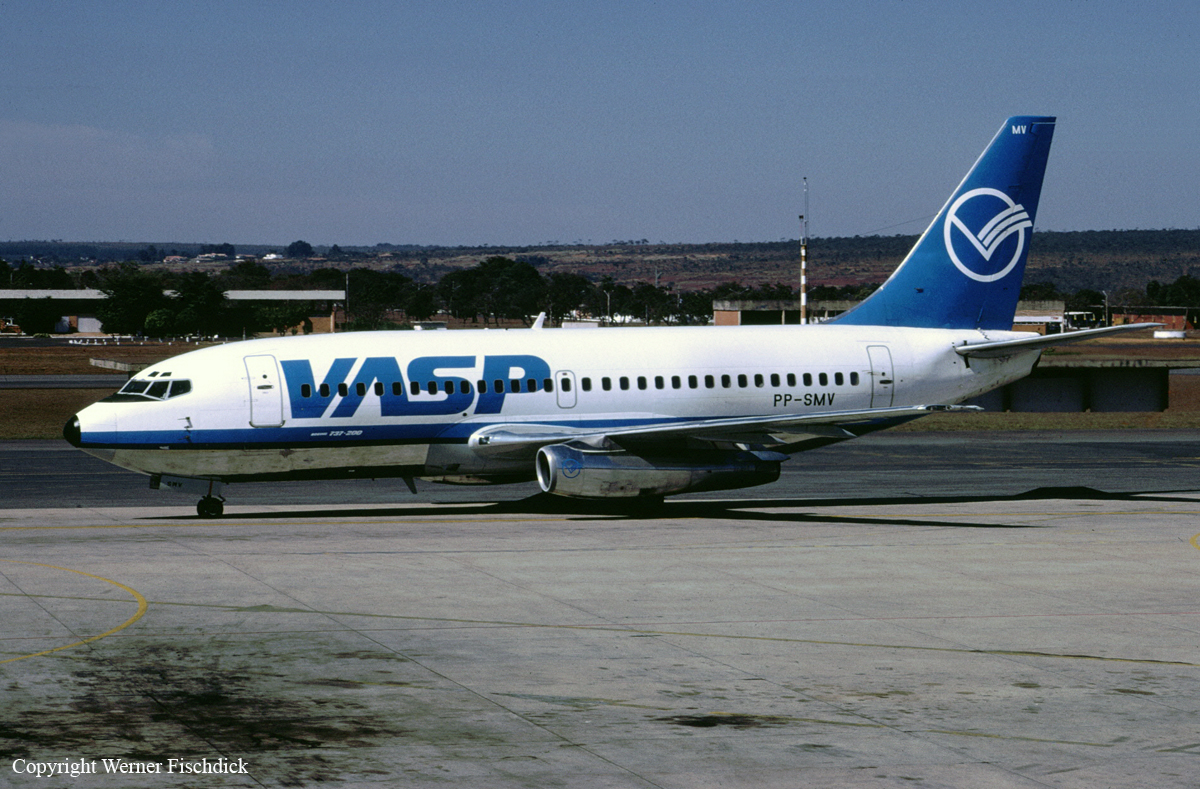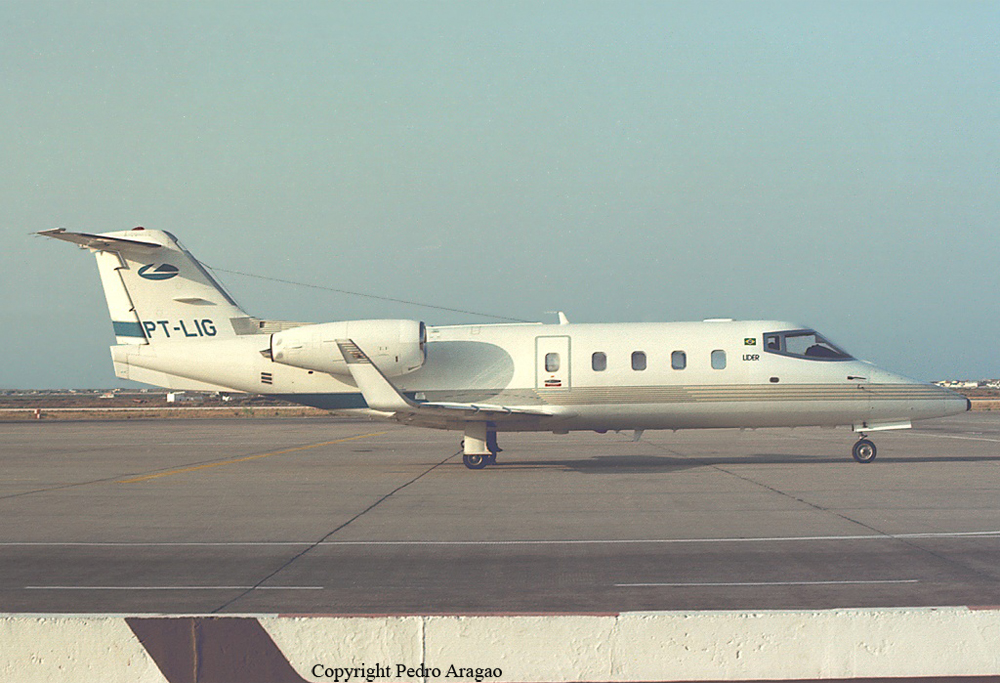Crash of a De Havilland C-115 Buffalo at Ponta Pelada AFB
Date & Time:
May 15, 1995
Registration:
2361
Survivors:
Yes
Schedule:
Ponta Pelada AFB - Ponta Pelada AFB
MSN:
31
YOM:
1969
Crew on board:
0
Crew fatalities:
Pax on board:
0
Pax fatalities:
Other fatalities:
Total fatalities:
0
Circumstances:
The crew was completing a local training flight at Ponta Pelada AFB, Manaus. Upon landing, the aircraft went out of control, veered off runway and came to rest few dozen metres further. There were no casualties while the aircraft was damaged beyond repair.













